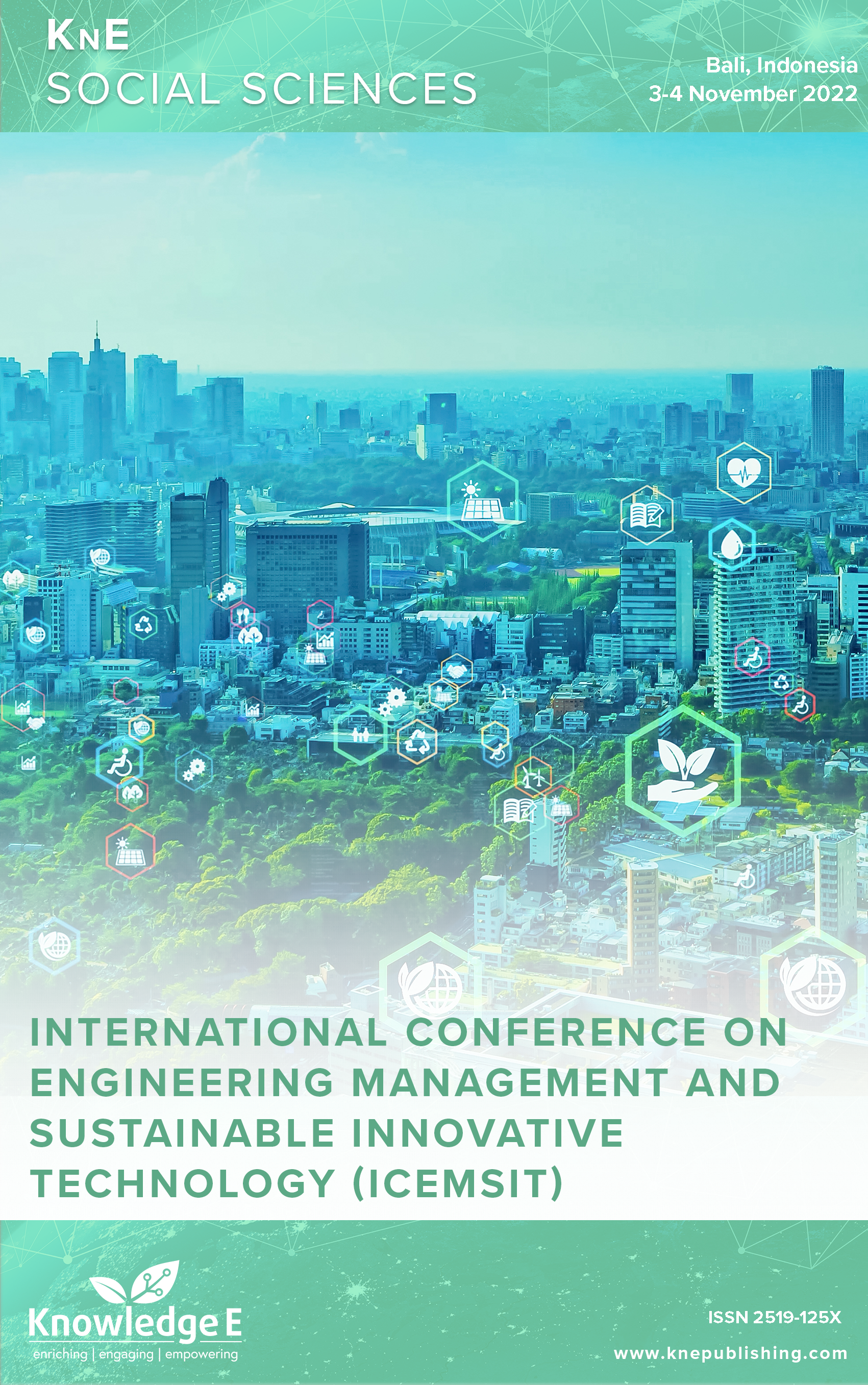Increasing Employee Engagement through Quality of Internal Communication with a Hybrid Method in One of the Largest Trading Companies in Indonesia
DOI:
https://doi.org/10.18502/kss.v9i10.15720Abstract
A study on employee engagement conducted by HR Exchange Network.com, sponsored by Workday, after more than a year of the pandemic, stated that there are many changes in work patterns, job opportunities and types of work that develop related to internal communication, employee motivation, organization relations, and industrial relations. This research aimed to determine the effect of hybrid internal communication and employee motivation on employee engagement, either directly or indirectly. The other purpose of this research was to see the effect of organization relations and industrial relations on employee engagement. This quantitative research involved 398 employees of PT XWZ as respondents, using SEM PLS as an instrument to test the hypothesis. The results indicated that the internal hybrid communication method has a positive effect on industrial relations (IR) and organization relations (OR). Employee motivation does not have a positive effect on industrial relationships and organizational relationships; however, OR and IR have a positive effect on employee engagement (EE). OR mediates the relationship between hybrid internal communication and EE while IR does not mediate the relationship between employee motivation and EE.
Keywords: hybrid internal communication, employee motivation, industrial relations, organization relations, employee engagement
References
Kaufman BE. The theoretical foundation of industrial relations and its implications for labor economics and human resource management. Ind Labor Relat Rev. 2010;64(1):74–108. DOI: https://doi.org/10.1177/001979391006400104
Marheni AK. Eight Lessons For A Happier Marriage Sebagai Upaya Keluarga Harmonis Menikmati Society 5.0. Malang: Naskah Prosiding Temilnas XI IPPI; 2019.
Bagozzi RP, Fornell C. Theoretical concepts, measurements, and meaning. A second generation of multivariate analysis. 1982;2(2):5-23.
Ghozali I, Fuad M. Structural equation modeling. Semarang: Edisi II, Universitas Diponegoro; 2008.

